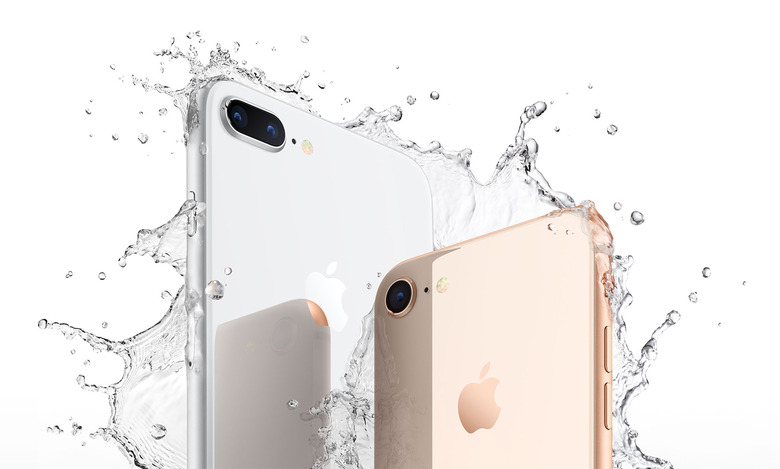After Years Of Copying The iPhone, Samsung's Galaxy S9 Will Finally Copy Apple's Smartest Strategy
Samsung wrote the book on copying Apple... literally. No, seriously — back when the company was still trying to break through in the smartphone market, Samsung actually created a 132-page internal document to help its designers and engineers copy the iPhone pixel by pixel. The South Korean conglomerate isn't the only company that ripped off as much as it could from Apple and its iPhones, but Samsung was the first and clearly the most successful.
In recent years, Samsung has pumped the brakes a bit. The company's flagship smartphone designs veered away from Apple's iPhone lineup when the started to feature curved displays, and Samsung has become a bit more selective instead of ripping off every new iPhone feature and every strategic move Apple makes. There is one part of Apple's smartphone strategy that Samsung has curiously never copied, but it looks like that will finally change with the upcoming Galaxy S9.
In doing some research for another article, I came across an old scoop from Venturebeat's Evan Blass, who reported on the Galaxy S9 toward the end of November. Most of the details in the post were merely a reiteration of rumors that had already been swirling for weeks or even months, but confirmation from Blass always helps to firm things up.
There are plenty of interesting tidbits in the article, but one area is of particular interest to me. Here's the excerpt:
Other than their screen sizes, the Galaxy S8 and S8+ were nearly identical in every way. Not so this time around, according to the briefed individual. Besides a bigger screen, the S9+ will reportedly offer more RAM (6GB versus 4GB) and a second rear camera, similar to the Note8. Both models pack 64GB of internal storage, supplemented by a microSD slot, and both leave the 3.5-millimeter headphone jack intact.
Blass is citing a single source here, which is never a good thing. That said, earlier reports had already made the same claims: Samsung's Galaxy S9 and Galaxy S9+ will not be the exact same phone in two different sizes. What's so interesting about that? Well, it just so happens that avoiding feature parity on its iPhones is one of the smartest strategic moves Apple has ever made.
Apple is the most profitable consumer electronics company on the planet thanks to the iPhone. The company pockets billions and billions of dollars each quarter by selling pricey smartphones with sky-high margins. And generally speaking, more expensive iPhone models carry higher margins — do you really think a 256GB flash memory chip costs Apple $150 more than a 64GB chip? Of course it doesn't.
Apart from the higher margins on models with more storage, Apple is also believed to enjoy higher margins on its "Plus" model iPhones. Apple charges an extra $100 for each Plus model compared to its smaller iPhones, but the difference in cost to Apple is much less. For example, market research firm IHS estimates that each 64GB iPhone 8 carries a BOM of $247.51 for Apple, while the 64GB iPhone 8 Plus costs Apple $288.08 to make. That's a difference of $40.57, and yet Apple charges $100 more for the Plus model.
From a business standpoint, it's brilliant. Consumers are clearly willing to pay a premium for the extra size and additional features, and Apple is cashing in. Well, beginning in 2018, it looks like Samsung will finally start to cash in, too.
What are the biggest differences between the iPhone 8 and iPhone 8 Plus aside from screen size? Apple includes a dual-lens camera with cool effects in the 8 Plus as opposed to the iPhone 8's single-lens rear camera, and it includes extra RAM as well to help process all of those cool camera effects. Guess what Samsung will reportedly do in order to add some extra appeal to the Galaxy S9+ next year. Yup, it's going to add a dual-lens rear camera and extra RAM.
Using unique features as a way to encourage customers to purchase pricier, higher-margin phones is a big part of Apple's iPhone strategy. Like most other things that Samsung has copied from Apple, I expect this strategy to work wonders for Samsung as well.
